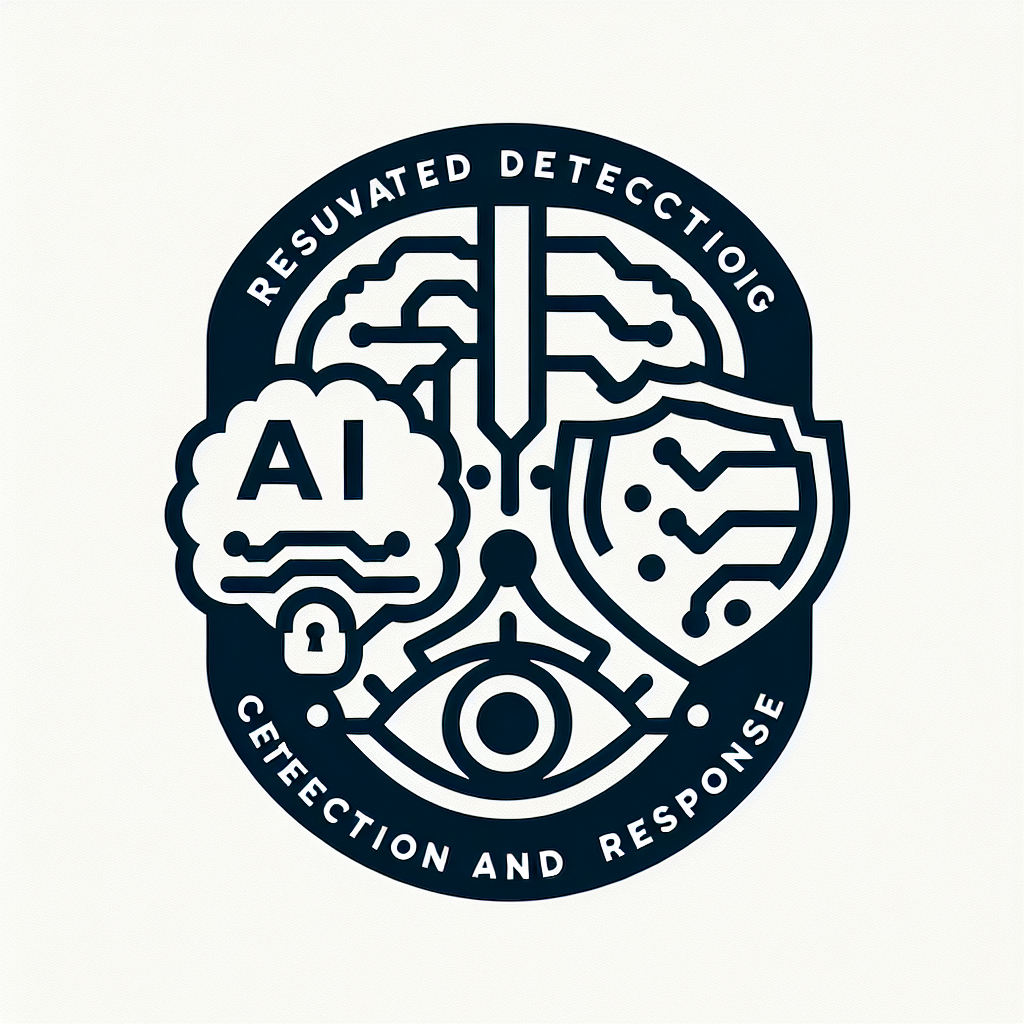
AI is the engine helping MSPs detect threats faster, coordinate security controls, and automate repetitive tasks so small teams can scale protection. By correlating telemetry across endpoints, networks, and cloud systems, AI turns noisy alerts into actionable incidents and speeds containment. Below you'll find concise Q&A explanations designed for IT professionals who want practical, searchable answers.

AI reduces time-to-detect and time-to-respond by automating threat discovery and executing containment steps to limit damage. It correlates signals across endpoints, cloud services, and network traffic to surface the highest-priority incidents. This focus reduces alert noise and helps analysts act on meaningful events faster. The result is shorter dwell time and improved recovery metrics. For MSPs, that means fewer escalations and stronger client trust.
AI increases capacity by automating repetitive triage and investigation tasks so small teams can cover more ground. It prioritizes alerts, suggests remediation steps, and can execute low-risk containment automatically. Teams spend less time on noise and more on complex investigations and client work. This lowers burnout and improves service consistency. Many MSPs find AI lets them scale services without proportional headcount growth.
AI supports predictive insights by identifying trends and early indicators of compromise, helping teams harden defenses proactively. It flags behavioral shifts and emerging patterns before widespread impact occurs. While AI cannot predict exact attack timelines, it provides prioritized risk signals to guide preventative actions. That helps MSPs move from reactive incident handling to risk reduction. Over time, predictive signals reduce repeat incidents.
AI ingests telemetry from multiple security controls and builds a single, context-rich incident view that spans endpoints, cloud, and network layers. That unified context enables automated workflows that coordinate responses across tools. Instead of manual handoffs, AI-driven playbooks trigger containment and evidence collection in sequence. This reduces gaps caused by siloed solutions. MSPs gain faster, more consistent incident handling as a result.
Automated remediation can be safe when governed by tested playbooks, staged actions, and human approval for high-impact steps. Best practice is to start with low-risk automation (e.g., blocking IPs, isolating endpoints) and add escalation gates for sensitive actions. Rollback procedures and audit trails further reduce accidental disruption. Proper tuning and review keep automation reliable. Over time automation shortens response cycles while keeping risk controlled.
Behavioral analytics uncovers subtle deviations in user and device activity that signature-based tools often miss. By modeling normal operations, AI spots anomalies such as unusual access times, privilege escalation, or abnormal data flows. These signals are evaluated alongside other telemetry to improve detection accuracy. Behavioral context reduces false positives and surfaces risky patterns earlier. That makes proactive remediation more effective.
AI scores incidents by risk and likely business impact so teams handle the most critical cases first. Prioritization reduces alert fatigue and ensures limited resources focus on incidents that could cause the most harm. Scoring combines factors like asset value, behavior, and threat intelligence. Analysts receive clearer queues and faster decision support. This leads to measurable reductions in mean time to respond (MTTR).
Yes—AI consolidates evidence, timelines, and remediation actions into clear summaries that MSPs can share with clients and auditors. Automated reporting saves hours of manual evidence collection and produces consistent, repeatable outputs. This transparency accelerates compliance tasks such as breach notification and audit responses. Clients gain insight into security posture, improving trust. Reports can be customized per client SLA.
Typical challenges include data silos, inconsistent telemetry quality, and the need to tune models to reduce false positives. Integrations must be planned so the AI has full visibility across endpoints, cloud, and network data. Clean data pipelines and clear playbooks are essential for reliable automation. Regular model reviews and feedback loops ensure ongoing accuracy. Addressing these hurdles early speeds time-to-value.
Assess vendors by telemetry coverage, integration breadth, automation flexibility, and evidence of reduced MTTR or false positives. Look for transparent model behavior, partner-driven customization, and strong logging for audits. Proof points like case studies and measurable outcomes are valuable. Also confirm the vendor supports staged automation and human-in-the-loop controls. Prioritize vendors that align with your operational processes.
No—AI augments analysts by handling routine work and surfacing higher-priority tasks; humans remain essential for judgment and complex decisions.
Many MSPs notice improved alert quality and faster triage within weeks, with measurable MTTR reductions after tuning and integrations are complete.
Costs vary, but AI often lowers overall operational expense by automating work and improving efficiency—especially helpful for smaller teams.
Effective systems include feedback loops to retrain models, rule tuning, and contextual correlation to suppress noise and improve precision over time.
Explore Palisade's resources to see practical examples and guidance on AI-driven unified detection and response: Palisade unified detection and response.